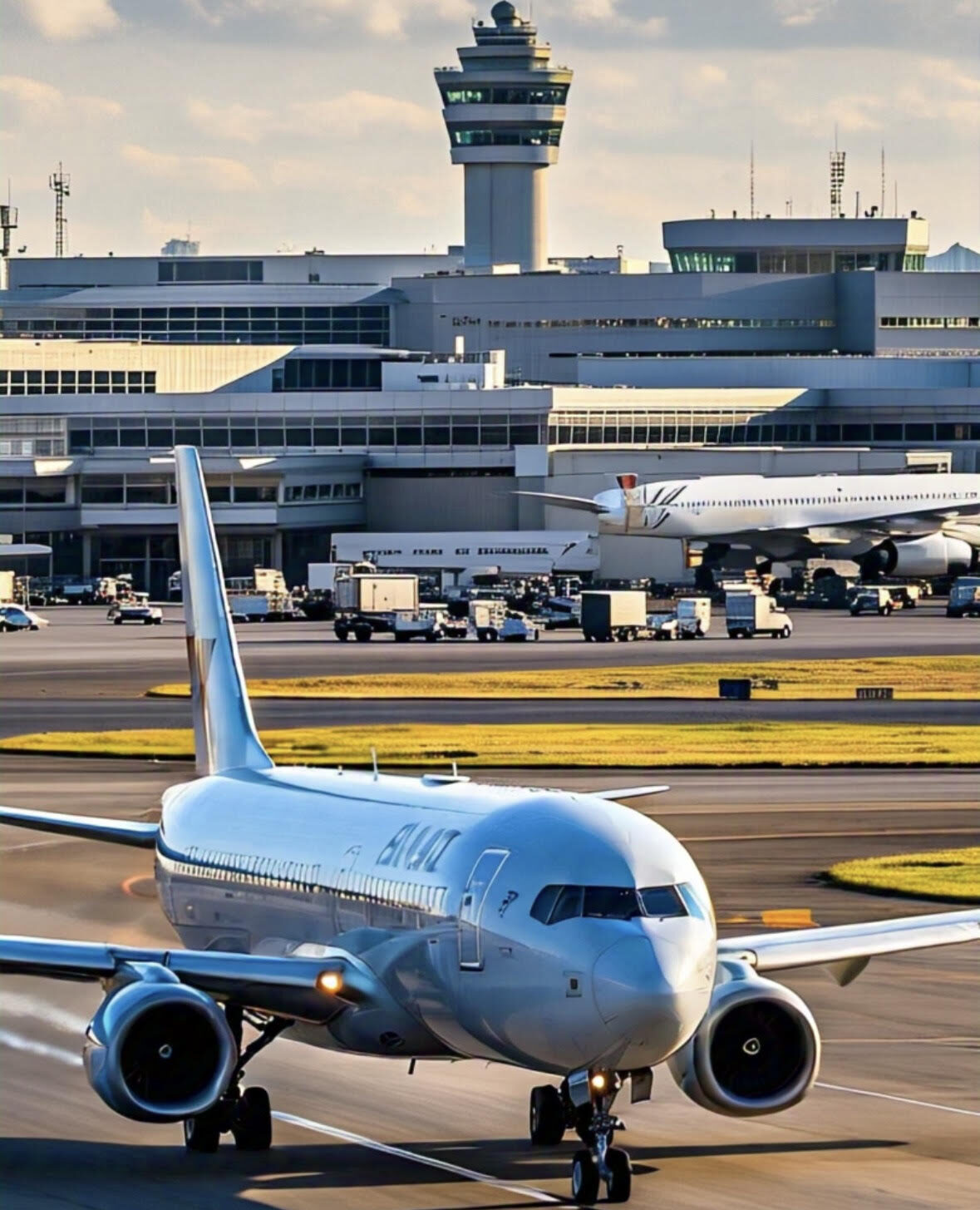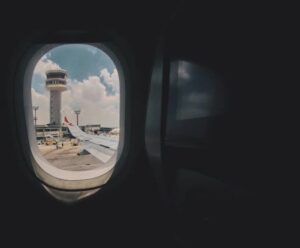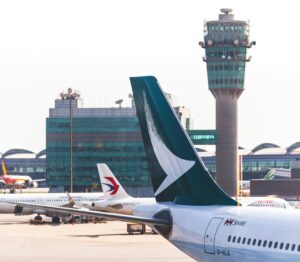Welcome to the world of Air Traffic Control
Air traffic control offers three primary career paths, each playing a vital role in keeping the skies safe. Terminal controllers (TOWER) manage aircraft on the ground and in the immediate airspace around airports, handling takeoffs, landings, and ground movements. Terminal RADAR approach controllers (TRACON) guide aircraft as they enter or leave the airspace surrounding busy airports, coordinating smooth transitions between departure and arrival phases. Enroute CENTER (ARTCC) controllers, working in Air Traffic Control Centers, oversee aircraft flying at high altitudes across long distances, ensuring safe separation and efficient routing between cities or countries. Each path requires specialized skills but shares the common goal of maintaining safety and efficiency in aviation.
Terminal controllers (TOWER)
A Tower Air Traffic Controller is responsible for managing aircraft movement on and around the airport, ensuring safe and efficient takeoffs, landings, and ground traffic. Working from the control tower, they issue clearances and instructions to pilots, coordinate with ground crews, monitor weather conditions, and respond to emergencies as needed. Their focus is on the immediate airspace typically within a 5 mile radius (depending on the type of airspace) and includes controlling runways, taxiways, and ramps. Tower controllers must make quick, accurate decisions and communicate effectively to maintain safety in a fast-paced, constantly changing environment. Runway configurations can great affect the complexity in giving air traffic services. Each tower facility in the agency has its unique challenges specific to that location. Tower controller have a wide array of technology to help with situational awareness however a majority of the time is spent looking out the windows of the tower cab when applying the rules form chapter 3 of the 7110.65
Terminal RADAR approach controllers (TRACON)
Terminal Radar Approach Controllers are responsible for guiding aircraft as they transition between enroute flight and airport operations, typically within a 30 to 50 mile radius of major airports. These distances are general numbers because each facility is unique and sometime have quite a large amount of airspace. Using radar and radio communication, they sequence arriving and departing flights, manage traffic flow, and maintain safe separation between aircraft in busy terminal airspace. TRACON controllers work in high-pressure environments, coordinating closely with both tower and enroute controllers to ensure smooth handoffs and efficient traffic management. Precision, situational awareness, and the ability to multitask are essential skills for success in this role. Terminal RADAR controller work in-front of a RADAR scope which has a multitude of functions to aid the controller in providing a safe and expeditious flow of traffic. depending on the size of the facility there could be multiple different sectors within the facility or area assigned. There are quite a few large TRACONs and plenty of what we call “UP/DOWN” facilities in the agency. A up/down means the facility has both TOWER and TRACON therefore you would need to be qualified in both.
Enroute Center (ARTCC) Air Traffic Controllers
Enroute Air Traffic Controllers manage aircraft flying at high altitudes between airports, often across large regions and even international boundaries. Operating from Area Control Centers (ARTCCs), they use radar and advanced communication systems to monitor and direct the safe and efficient movement of aircraft through designated sectors of controlled airspace. These controllers ensure proper separation between aircraft traveling at cruising speeds, provide weather updates, and coordinate with TRACON and adjacent center facilities for seamless transitions. The role demands strong concentration, excellent communication skills, and the ability to manage multiple aircraft over long distances simultaneously. There are only 23 ATRCC in the entire country because they cover a large amount of airspace. Generally ATRCC control HIGH and ULTRA HIGH airspace however, this varies per facility. Some ATRCC control to the surface level in some areas and clear aircraft for approaches.
Summary
Air traffic control is divided into three main roles, each handling a different phase of flight. Together, these roles ensure the safety and efficiency of every flight from gate to gate.
Now that you understand the different roles in Air Traffic Control What are you waiting for? Clear for take off! Become a Air Traffic Controller Today!




